Data science is the field of study that combines domain expertise, programming skills, and knowledge of mathematics and statistics to extract meaningful insights from data. Data Modeling plays a vital role in the whole data science workflow. In this article, we will introduce the 10 most widely used data science tools (in alphabetical order) for data modeling.
Apache Spark
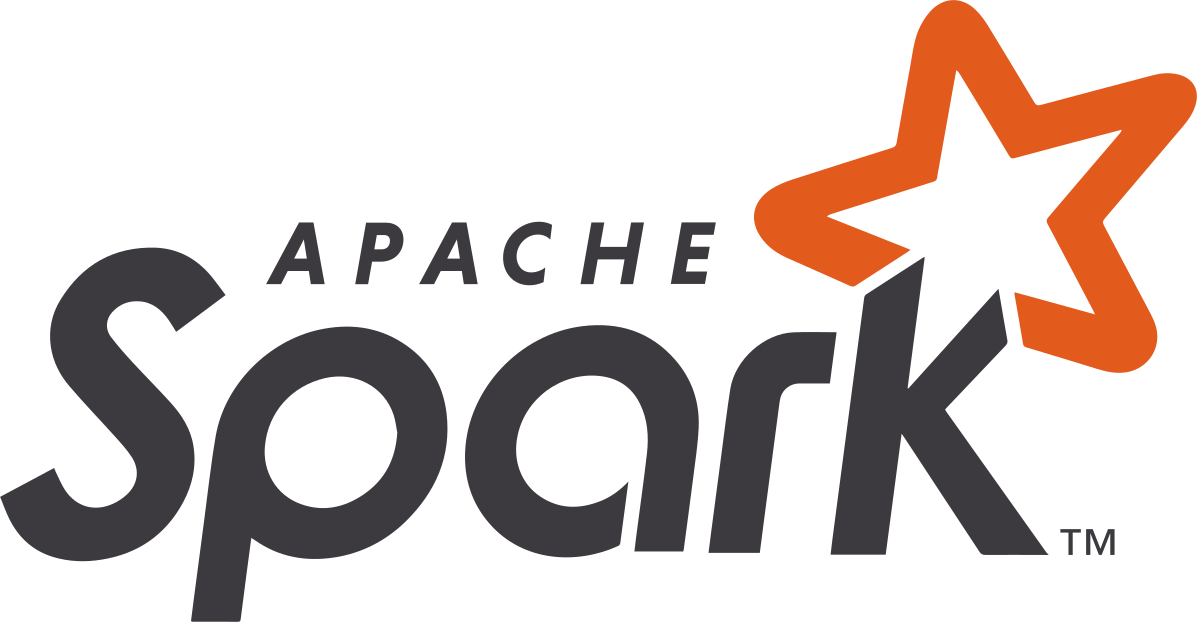
Apache Spark is a powerful analytics engine and maybe the most used Data Science tool. It is specifically designed to handle batch processing and Stream Processing. It is an improvement over Apache Hadoop and can perform 100 times faster than MapReduce.
Spark has many Machine Learning APIs that facilitate Data Scientists to make repeated access to data for machine learning and powerful predictions with the given data. It also does better than most other Big Data Platforms in terms of handling streaming data, which means that Spark can process real-time data as compared to other analytical tools that process only historical data in batches.
Hugging Face

Hugging Face is a community and data science platform that provides tools that enable users to build, train and deploy ML models based on open-source code and technologies. It is also a place where a broad community of data scientists, researchers, and ML engineers can come together and share ideas, get support and contribute to open-source projects. It is well known for its popular project Hugging Face Transformers.
Jupyter
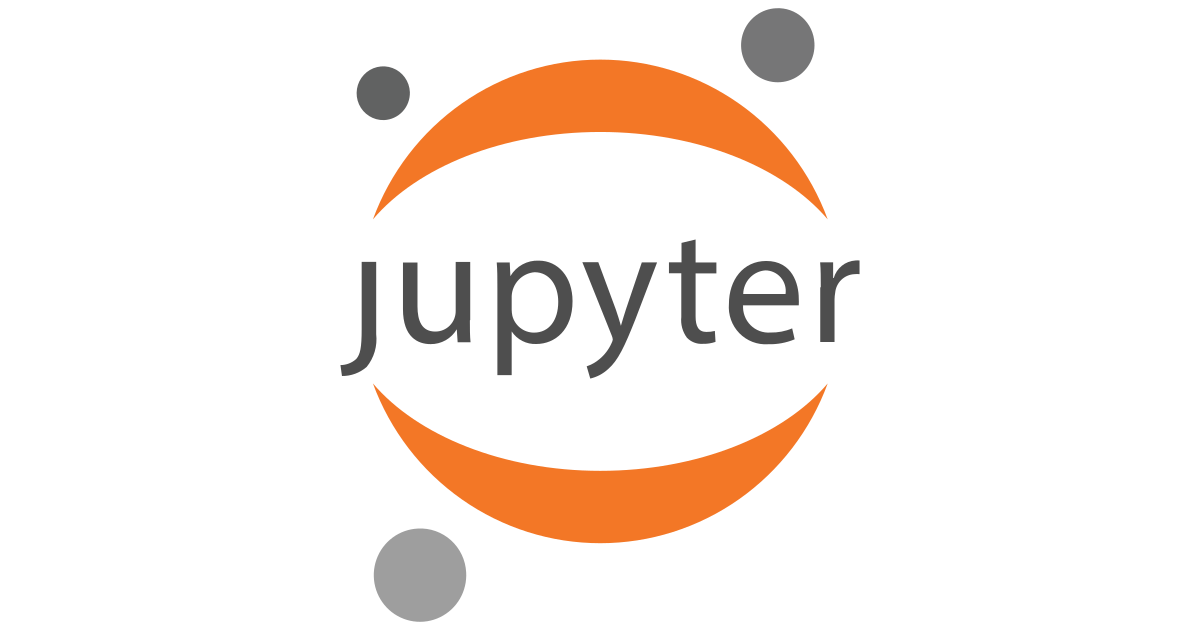
Jupyter is a Python-based open source tool to help developers create open source software and interactive computing experiences. Jupyter supports multiple languages like Python, Julia, R, among others. What’s more, it is a web-application tool used for writing live code, visualizations, and presentations interactively, which makes it a widely welcomed tool for data science.
Jupyter is an interactive environment where data scientists can perform all of their responsibilities. It is also a powerful tool for storytelling as various presentation features are present in it. Using Jupyter Notebooks, users can perform data cleaning, statistical computation, visualization and create predictive machine learning models.
NLTK
Natural Language Processing has emerged as the most popular field in Data Science. It deals with the development of statistical models that help computers understand human language. These statistical models are part of Machine Learning and through several of its algorithms aiming to assist computers in understanding natural language.
Python comes with a collection of libraries called Natural Language Toolkit (NLTK) developed for this particular purpose only. NLTK is widely used for various language processing techniques like tokenization, stemming, tagging, parsing, and machine learning. It consists of over 100 corpora which are a collection of data for building machine learning models. It has a variety of applications such as Parts of Speech Tagging, Word Segmentation, Machine Translation, Text Speech Recognition, etc.
Interlude: Ploomber

Ploomber is a framework to develop pipelines interactively (Jupyter, VSCode) and deploy them to the cloud (K8s, Airflow AWS, SLURM). Interactive tools like Jupyter make it hard to develop maintainable projects. However, Ploomber allows data scientists to keep the interactive workflow they are used to but embrace best practices from software engineering to ease the transition to production.
As the fastest and most convenient way to build data pipelines empowered by a fast-growing and creative community, Ploomber welcomes everyone to visit our website and GitHub project, join our vibrant community on Slack or directly contact us via email!
PyMC3

PyMC3 is a Python package for Bayesian statistical modeling and Probabilistic Machine Learning focusing on advanced Markov chain Monte Carlo (MCMC) and variational inference (VI) algorithms. Its flexibility and extensibility make it applicable to a large suite of data science problems.
PyMC3 is widely used to solve inference problems in several scientific domains, including astronomy, epidemiology, molecular biology, crystallography, chemistry, ecology, and psychology. Previous versions of PyMC were also actively used in different fields such as climate science, public health, neuroscience, and parasitology.
Pytorch
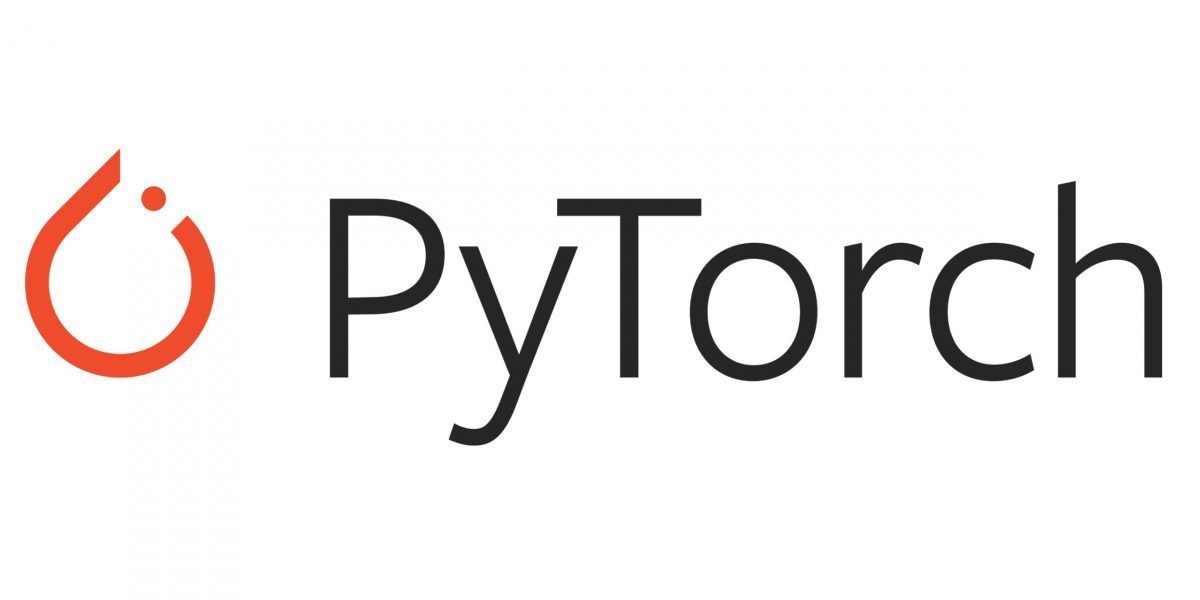
PyTorch is an open-source machine learning framework based on the Torch library. It is usually used for applications such as computer vision and natural language processing, primarily developed by Meta AI. Although the Python interface is more polished and the primary focus of development, PyTorch also has a C++ interface.
A number of pieces of deep learning software are built on top of PyTorch, including Tesla Autopilot, Uber’s Pyro, Hugging Face’s Transformers, PyTorch Lightning, Catalyst, etc. PyTorch provides two high-level features: Tensor computing (like NumPy) with strong acceleration via GPU, and Deep Neural Networks built on a tape-based automatic differentiation system.
Scikit-learn
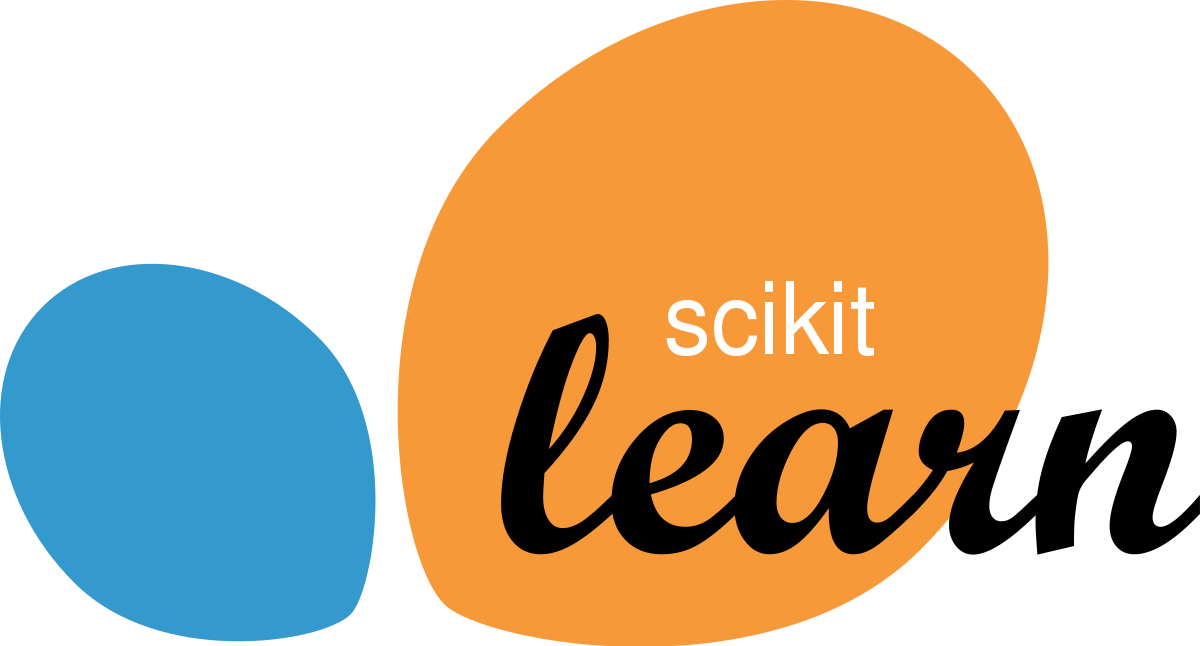
Scikit-learn is a widely used library based on Python. It supports various features in Machine Learning such as data preprocessing, classification, regression, clustering, dimensionality reduction, etc.
Scikit-learn makes it easy for users to use complex machine learning algorithms. Therefore, It is widely used in situations that require rapid prototyping and is also an ideal platform to perform research requiring basic Machine Learning. It makes use of several underlying libraries of Python such as SciPy, NumPy, Matplotlib, etc.
TensorFlow
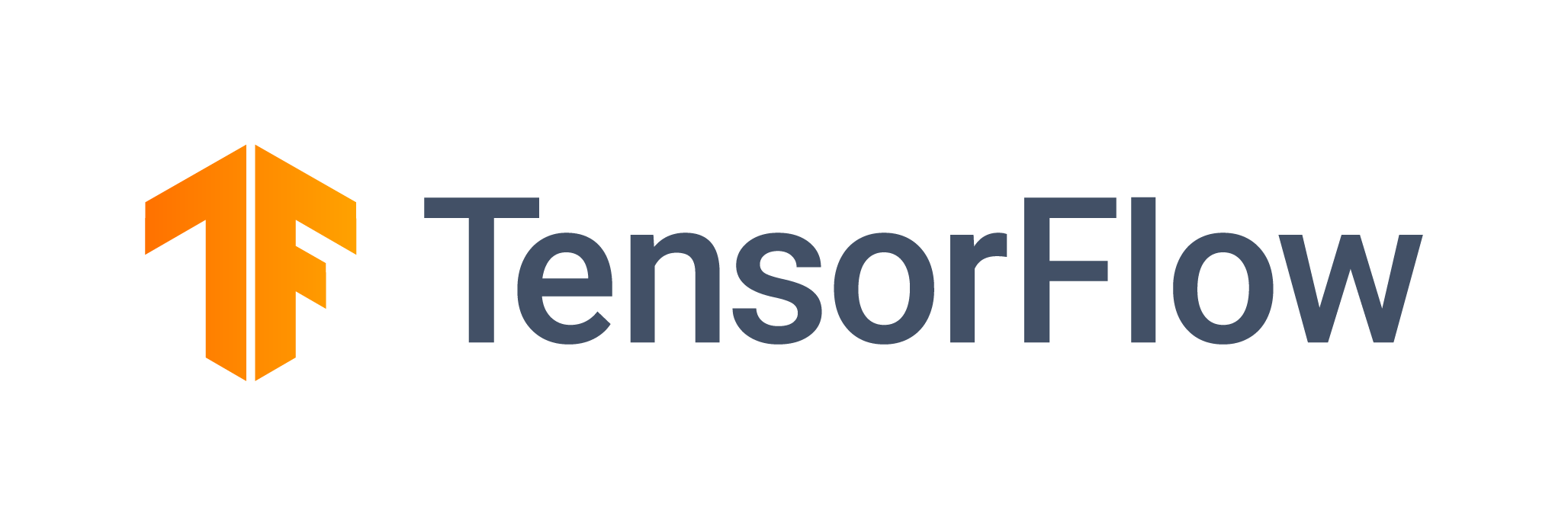
TensorFlow is widely used for advanced machine learning algorithms like Deep Learning. It is an open-source and ever-evolving toolkit that is famous for its performance and high computational abilities.
TensorFlow can run on both CPUs and GPUs and has recently emerged on more powerful TPU platforms, which gives it an unprecedented edge in terms of the processing power of advanced machine learning algorithms.
Due to its high processing ability, Tensorflow has a variety of applications such as speech recognition, image classification, drug discovery, image and language generation, etc.
XGBoost

XGBoost is an optimized distributed gradient boosting library designed to be highly efficient, flexible, and portable. It implements machine learning algorithms under the Gradient Boosting framework. XGBoost provides a parallel tree boosting (also known as GBDT, GBM) that solves many data science problems in a fast and accurate way. The same code runs on major distributed environments (Hadoop, SGE, MPI) and can solve problems beyond billions of examples.
Conclusion
There is a wide variety of tools and libraries available for data science. However, the ones mentioned above are some of the most popular and widely used ones. If you are interested in learning more about resources for data science, check out our blog and join our awesome community. We are always happy to share! 🌟




